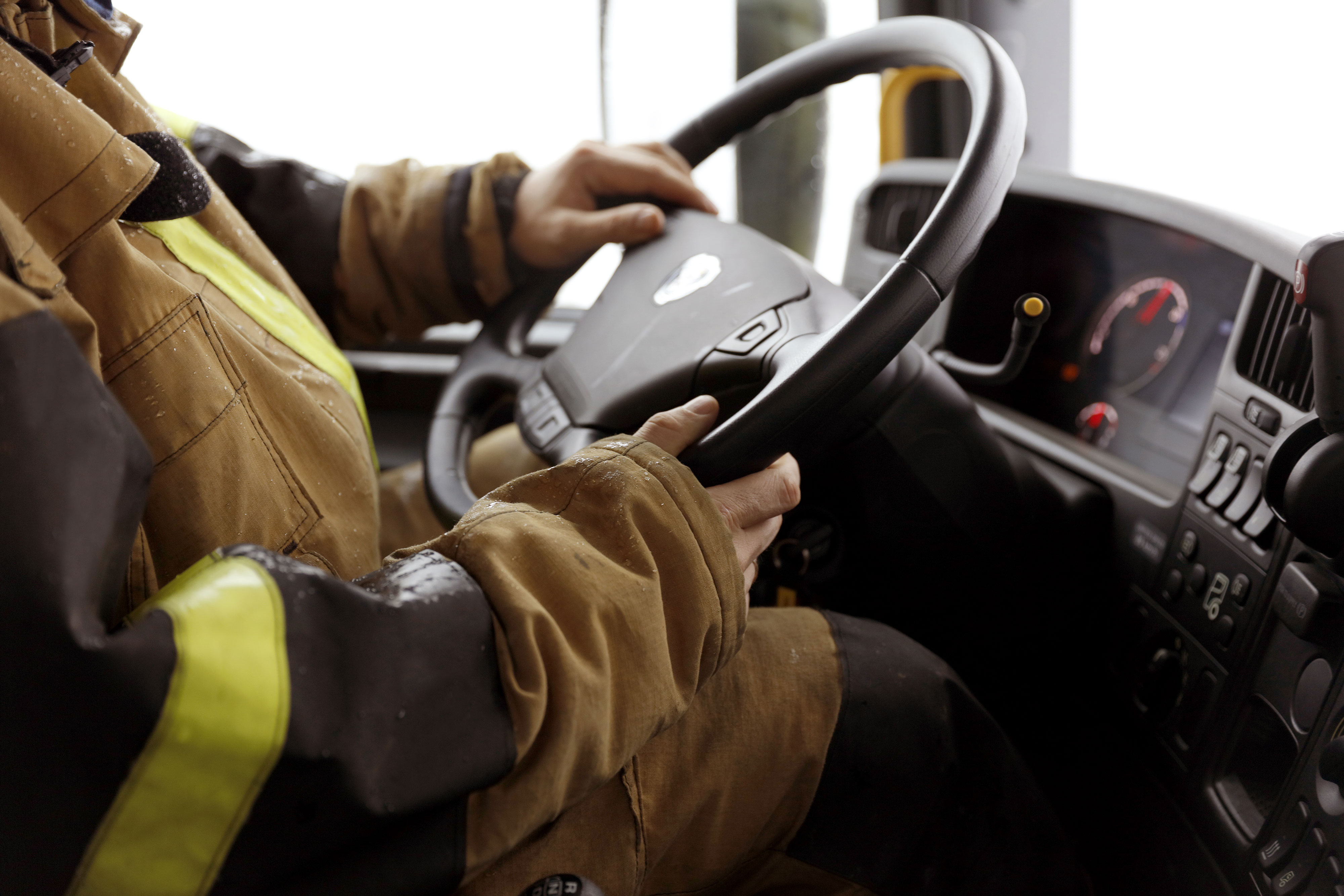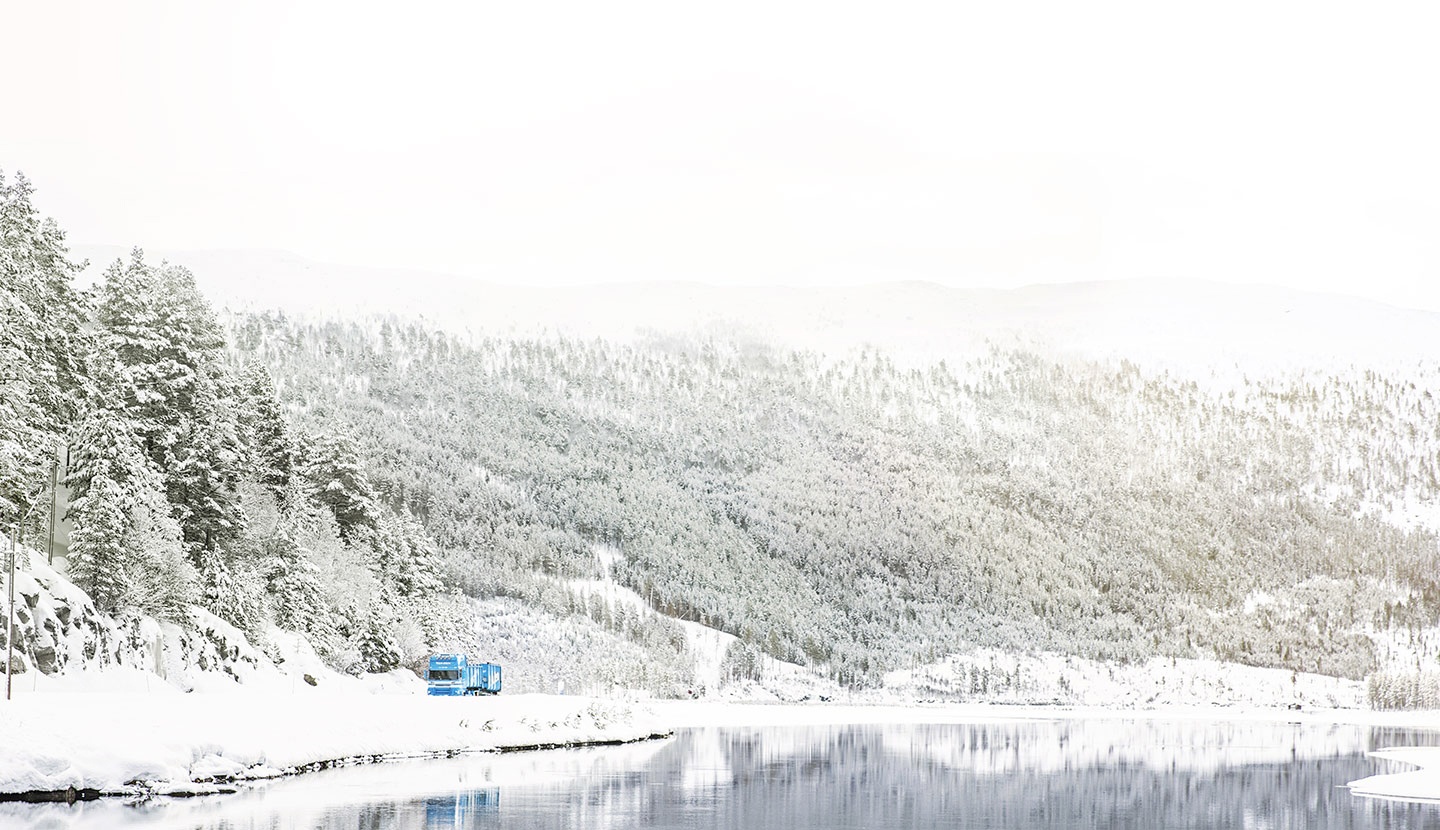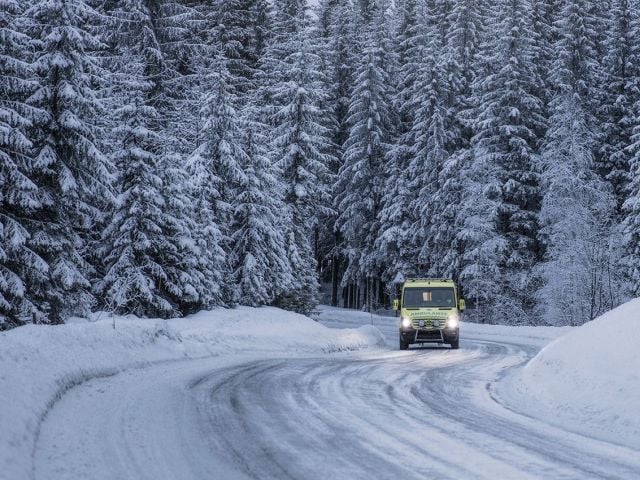Not so long ago, we saw on the roads these trucks that kept the landscapes and green spaces alive. These vehicles equipped with several equipment and accessories that cut the trees or maintained the road, change now from another equipment’s. The snow plows take place to clear away these new roads, which will become snow-covered and ice-free.
: Slippery Roads (3)
×Road salt – why chemical de-icing?
Leonard D'Orlando, November 15, 2018
When winter strikes, the conscious driver prepares for increasing traction in case of icy and slippery roads. Some bring a sandbag and a shovel while others gear up with a set of snow chains. Still, others have automatic snow chains mounted on their vehicle, so there is no need at all for special preparation. All these drivers rely on mechanical principles for increasing traction. But, are there no other options? Let’s dive into the world of chemical de-icing of roads.
Slippery roads – traction aid in non-winter conditions
Ulrik Andersson, November 1, 2018
The automatic snow chains are genius when you encounter adverse road conditions in the colder seasons. With just a flip of a switch you have instant traction added so that you can get up in speed or if you need to stop, you get improved braking power. But what about the rest of the year, when you are not in the winter season? In the middle of the summer or in autumn?
Road Friction; What is it?
Maritza Hernandez, September 17, 2018
Friction and traction are key to avoid sliding vehicles and spinning wheels.
Friction is defined as the rubbing of one object or surface against another. The friction between your vehicles’ tires and the road will determine maximum acceleration and minimum stopping distance. The force of friction depends on the force pushing the objects or surfaces together and the coefficient of friction. The coefficient of friction is the relationship between the force required to move the surfaces against each other and the pressure to stay in contact while in motion.
Three tips for rescue drivers on when to use Onspot
Eric Jones, March 9, 2018
When is the correct time to engage your Onspot Automatic Snow Chains? This is a common question that we hear from our friends in the fire and rescue industry. Actually, it’s a frequently asked question in many of the markets that we serve.
You’ve done the research and decided that increasing traction is important. The following four questions can help you determine if Onspot Automatic Snow Chains are the right solution for you.
Why are bridges icy when the road isn’t?
Ulrik Andersson, January 12, 2017
We should pay special attention to bridges and overpasses when driving in temperatures around freezing point. We’ve learnt that bridges may be icy while the road isn’t, and that’s all we need to know to for safety reasons. But, giving it a second thought, how could the bridge be icy when the road isn’t? Here’s why.
Which is the grand potential for reducing response time?
Boel Haglund, December 16, 2016
Every single rescue operation is about minimizing damage and ultimately saving lives, and hopefully, every single driver strives to reduce response time. For the rescue driver, with his specific knowledge and experience, it’s natural to reflect upon the matter from a local perspective. But, if we look at it from a general perspective; how many operations are there actually that may have response time reduced? Let’s have a look at some numbers.
Icy road basics for safe driving
Eric Jones, December 9, 2016
What is traction, friction and road grip?
Ulrik Andersson, November 29, 2016
Whether driving a small go-kart or a heavy hauler, you must have traction to move forward. Actually, you can’t even walk without it. Traction is a commonly used word and many believe it’s just another word for friction. But is it really? Let’s have a closer look at friction and traction – what it is and why it’s so fundamental to safe driving.
We all know the feeling when tyres lose grip and the vehicle starts skidding. Controlled skidding in a go-kart could be fun, but a heavy vehicle unexpectedly skidding on a road could cause a very dangerous situation. The skidding is due to the vehicle losing road grip and obviously, this has to do with tyres and road surface.

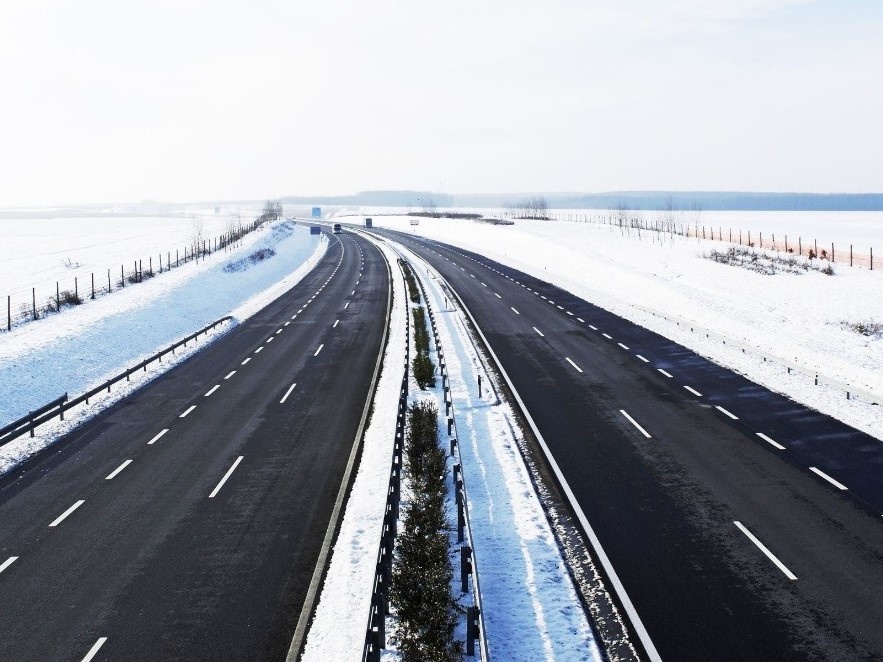

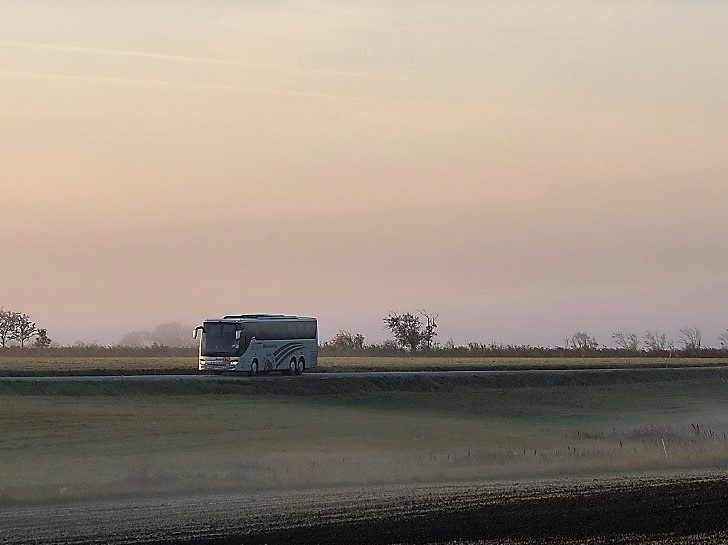
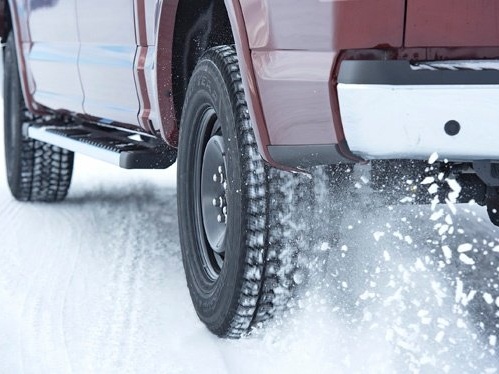
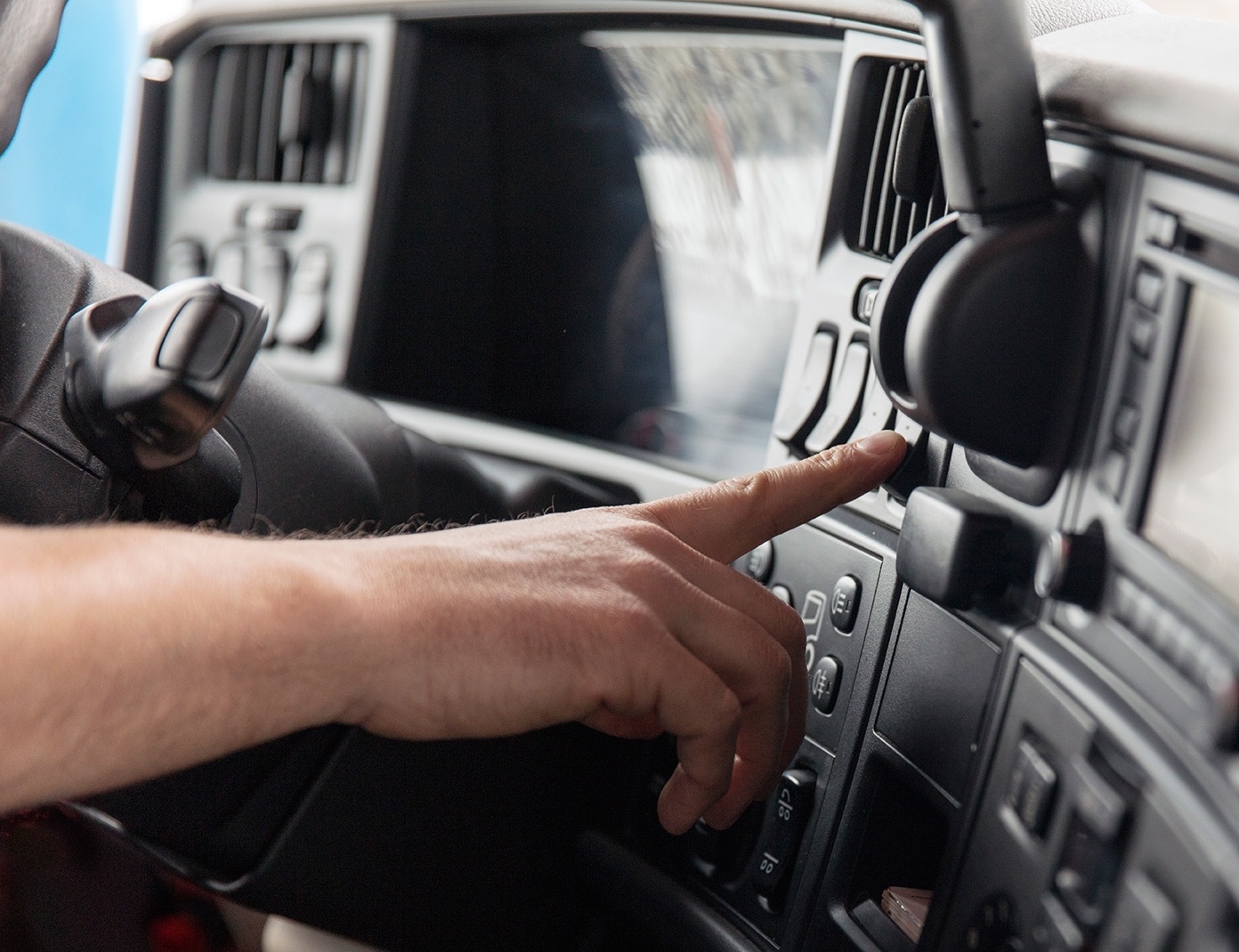
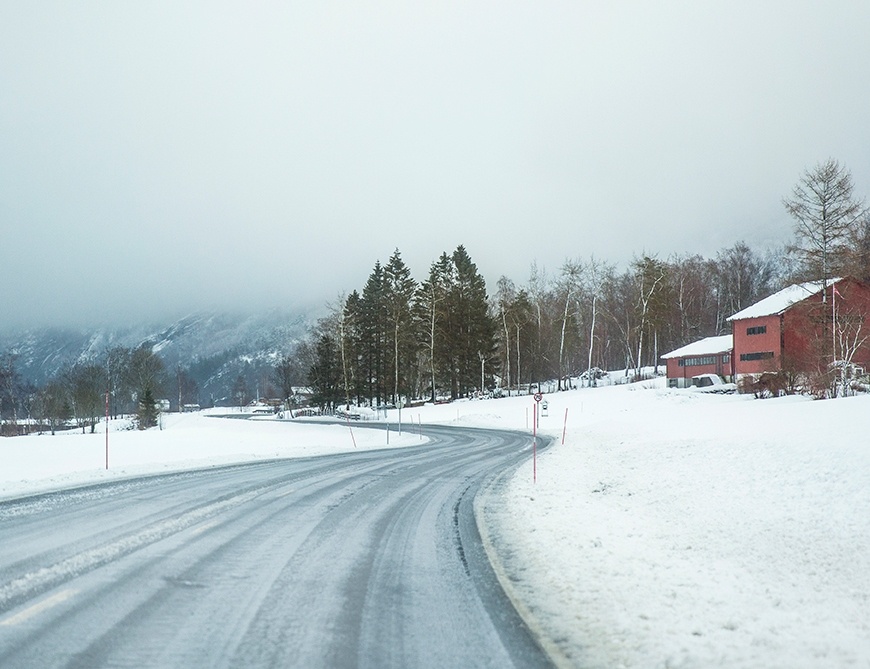
.jpg)
